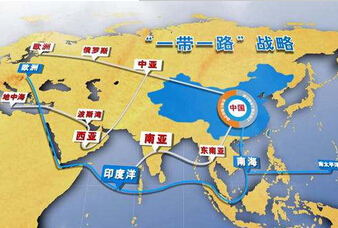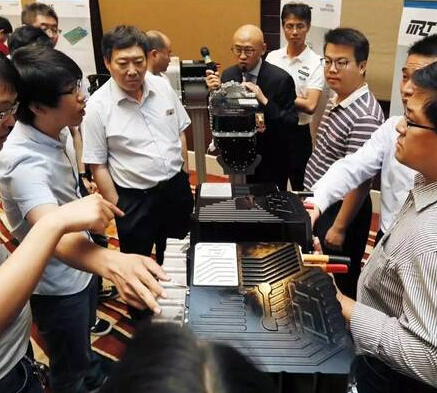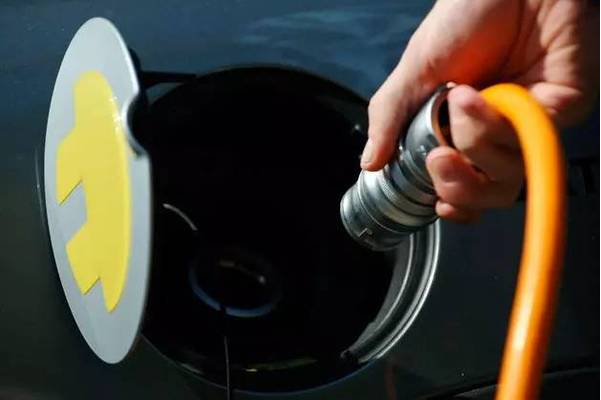The development history of electric vehicles is earlier than the history of fuel vehicles. In 1867, Austrian inventors launched a two-wheel drive electric car at the Paris World's Fair. In 1920, the inventor of New Jersey, USA, developed the first rechargeable car. Early electric vehicles used batteries and lead-acid batteries. Battery durability and capacity limit the continued development of electric vehicles. Into the 1970s, the energy crisis and environmental pollution problems made people begin to pay attention to the development of electric vehicles. Neodymium ion batteries are also beginning to become practical. Due to its advantages of high specific energy, high battery voltage, wide operating temperature range, long storage life, etc., it has been widely used in civilian products and partially replaces traditional batteries. High-capacity helium batteries have become a common design diversification choice for electric vehicles and hybrid vehicles, and their operating voltage range has also soared from 14V in conventional cars to 400-600V, requiring comprehensive improvements in automotive electronics and electrical architecture.

The previously used low-voltage electrical and electronic architecture has not been able to meet the requirements of a high-voltage working environment. The demand for high-voltage wiring harnesses came into being. In the 1980s, Japanese specialists Yazaki and Sumitomo began developing dedicated high-voltage harnesses for Japanese auto companies. In the 1990s, delphi in the United States and LS in South Korea began to develop high-voltage wiring harnesses for GM and LG. At present, the high-voltage harnesses of foreign manufacturers have formed a system and have been verified and continuously improved in practical applications. 2030.
In the face of the rapid development of the world's high-voltage wiring harness, the current status of China's use of low-voltage wiring harnesses is far from meeting the development needs of new energy vehicles. It is mainly manifested in the weak basic level, lack of autonomous core technologies, and lack of technology accumulation. However, under the guidance of industrial policies that encourage independent innovation, support for mastering core technologies and enhance independent development capabilities, in the face of the opportunities provided by the rapid development of the new energy automotive industry to the high-voltage wiring harness industry, relevant production, research, and research institutes have independently developed their own initiatives. Sex and enthusiasm, through the introduction of technology, digestion and absorption or through joint development methods, has greatly enhanced the level of independent development and design, and has also achieved some positive results in technology development and industrialization.
















 RCCN WeChat QrCode
RCCN WeChat QrCode Mobile WebSite
Mobile WebSite







